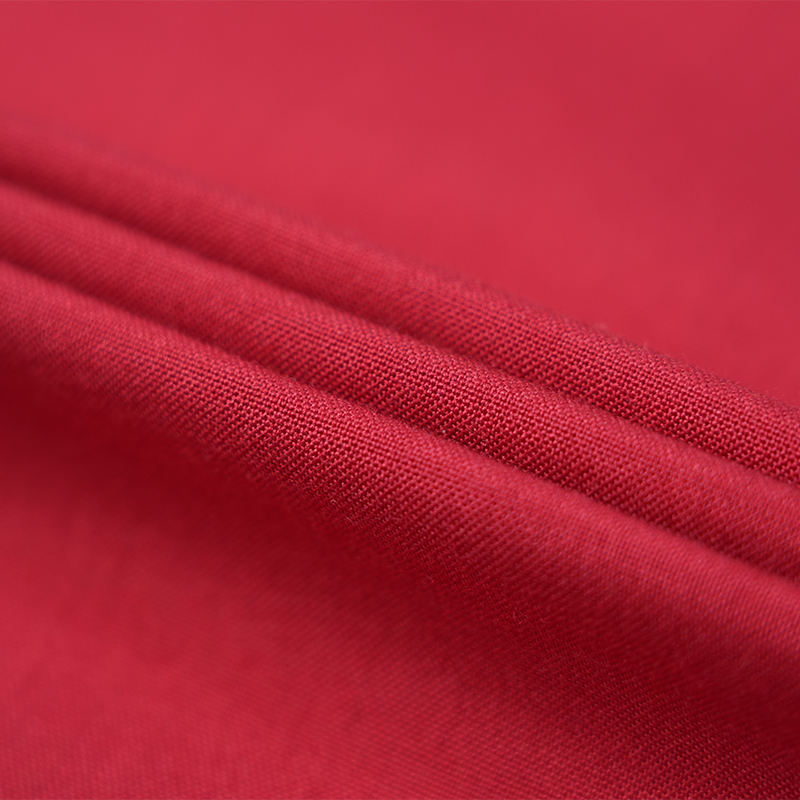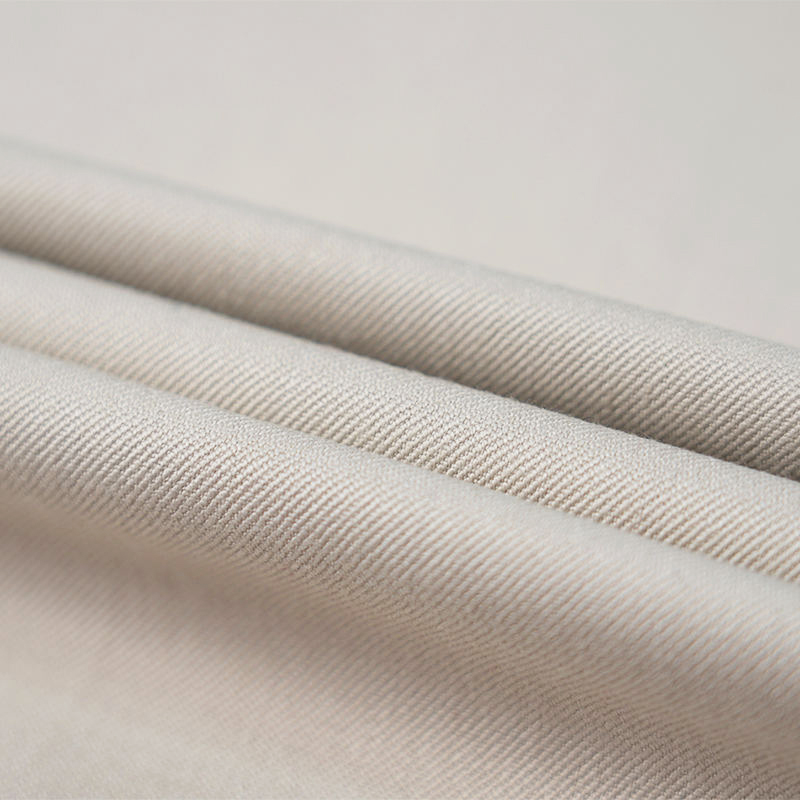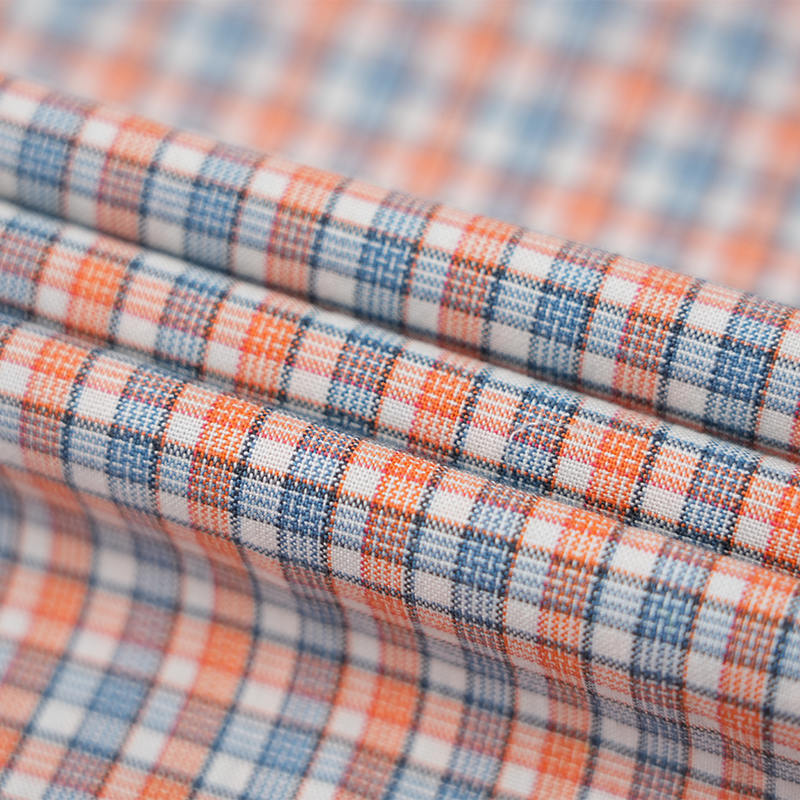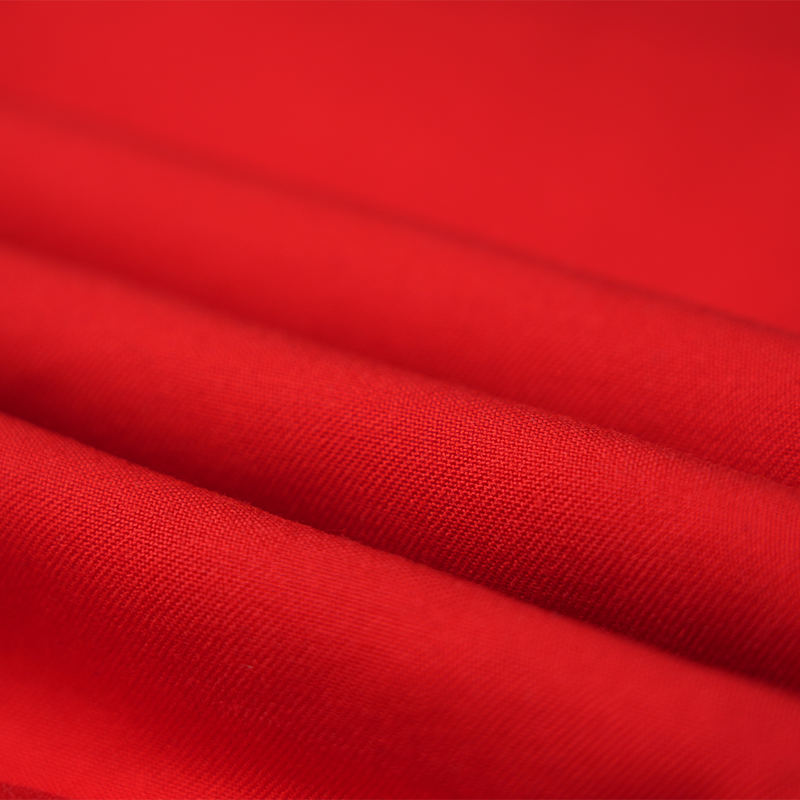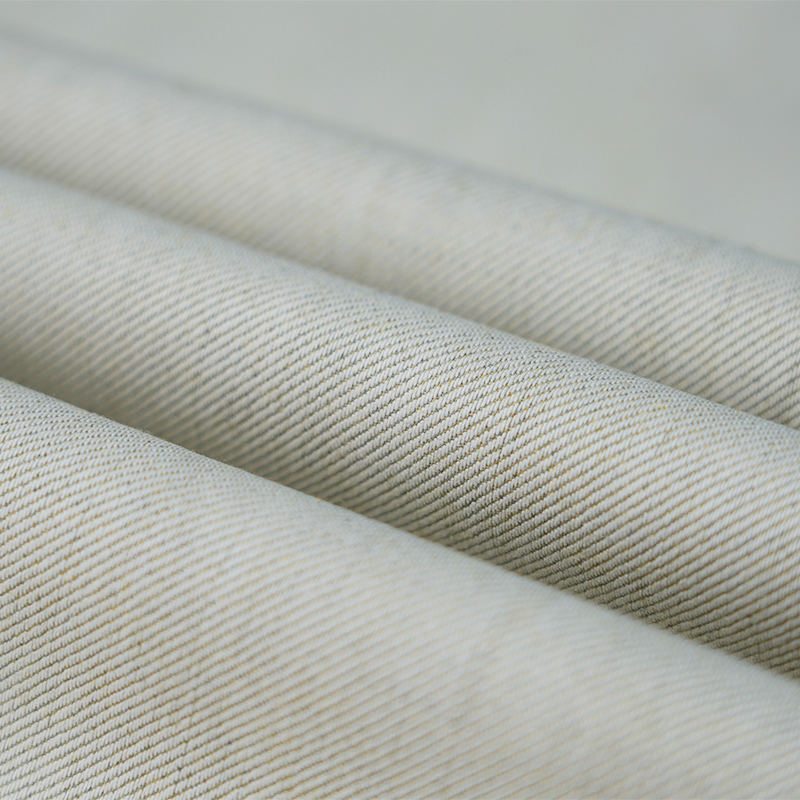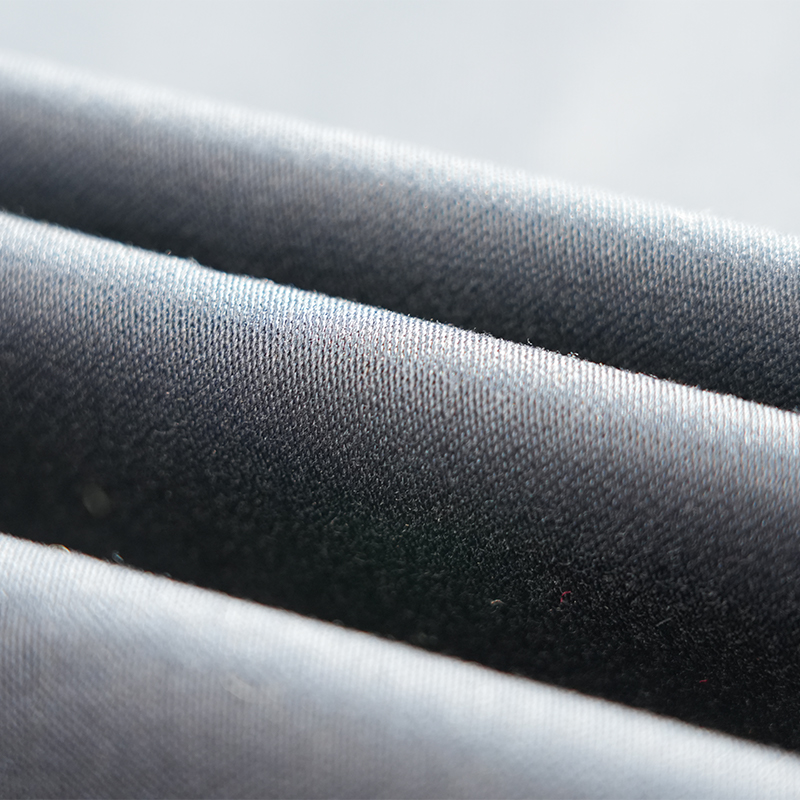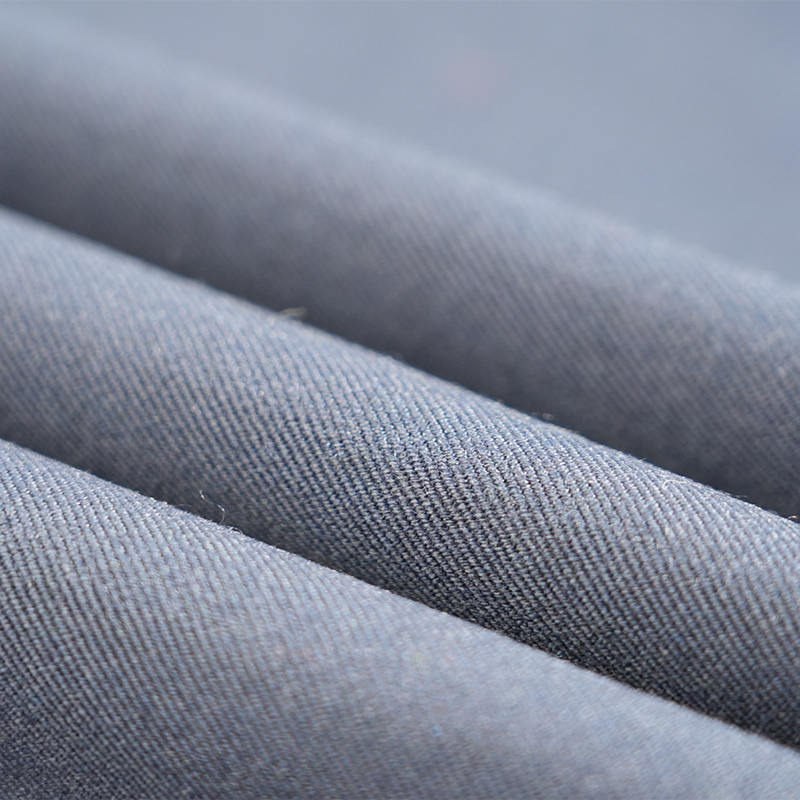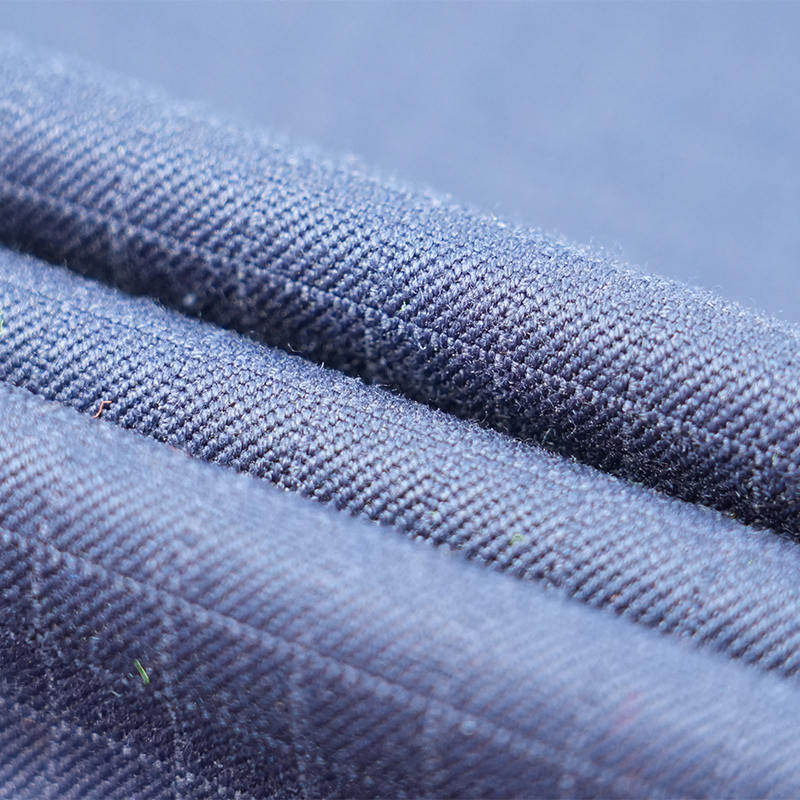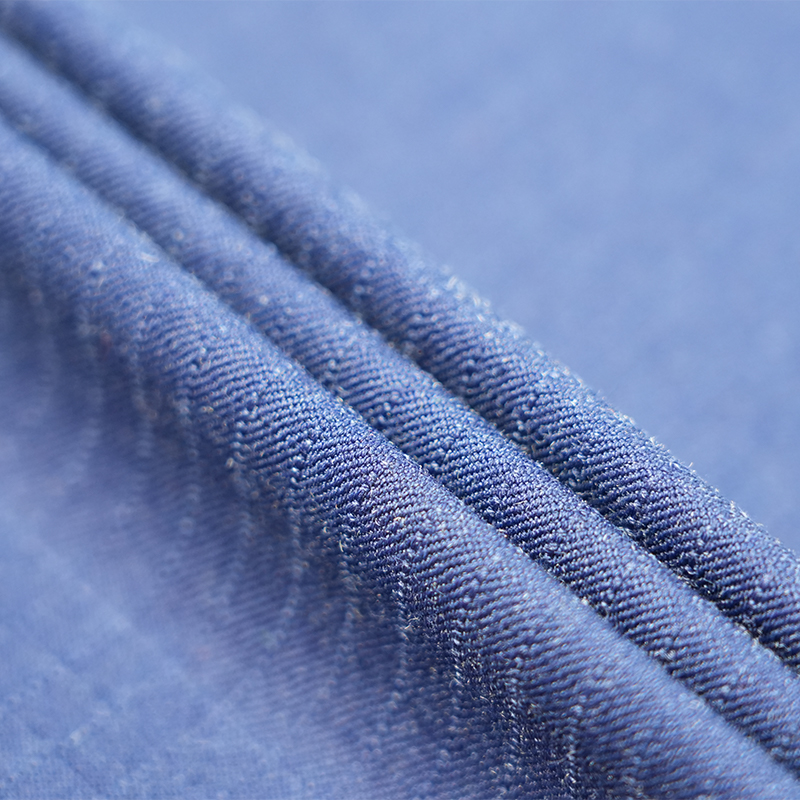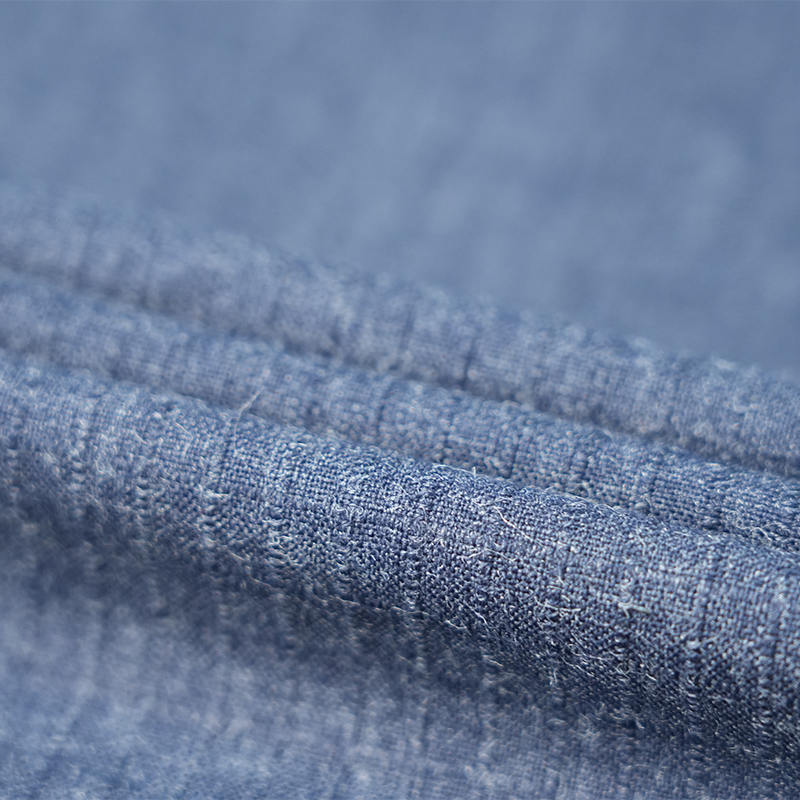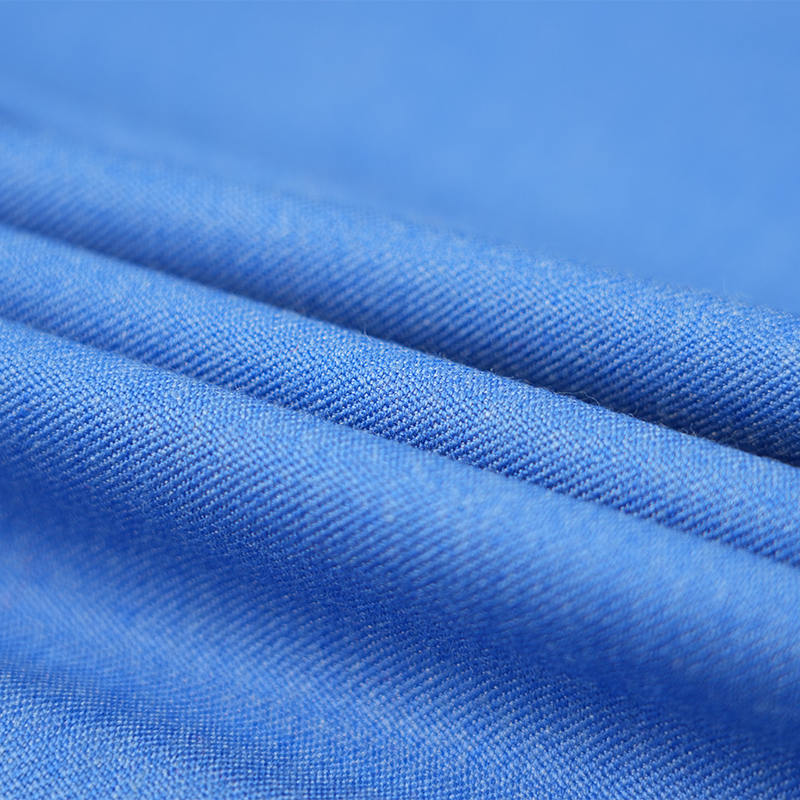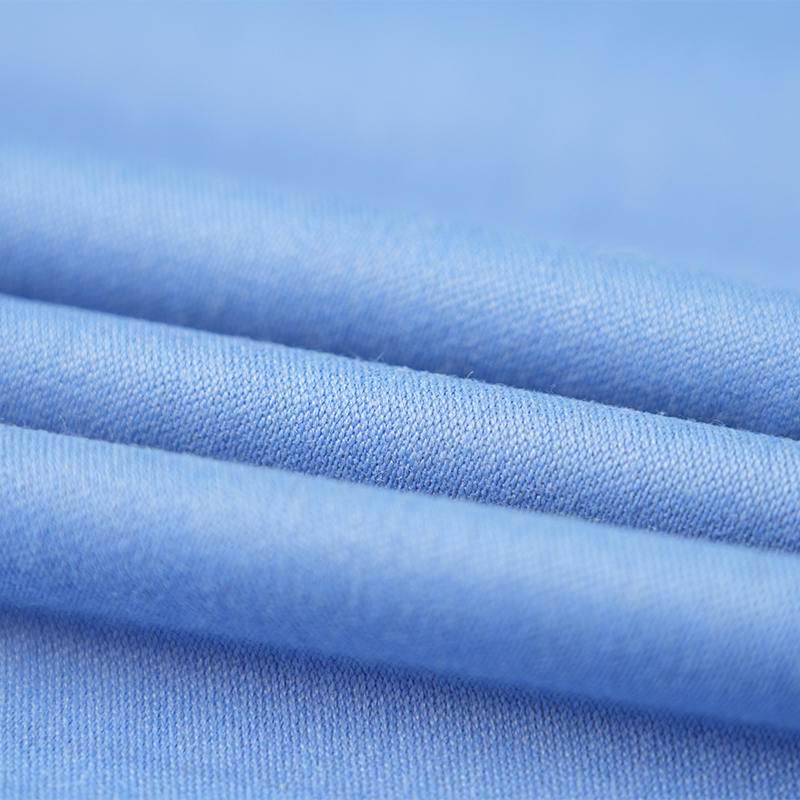Polyimide blended fabric is a functional composite fabric made by blending polyimide fiber (PI) with other fibers (such as cotton, polyester, aramid, and carbon fiber). It combines the environmental resistance of polyimide with the comfort, strength, or cost advantages of other fibers and is widely used in high-temperature protection, aerospace, and military equipment.
Content
1. Characteristics of Polyimide Fiber
Polyimide (PI) is a high-performance polymer whose fibers possess the following core properties:
High-temperature resistance: Long-term resistance to 250-300°C, short-term resistance to temperatures exceeding 500°C (without melting or dripping).
Flame retardancy: Limiting oxygen index (LOI) ≥ 38%, self-extinguishing upon removal from flame.
Chemical stability: Resistant to acids, alkalis, organic solvents, and radiation.
Low thermal conductivity: Low thermal conductivity makes it suitable for thermal insulation.
Mechanical properties: High strength and modulus, yet superior flexibility to traditional high-temperature-resistant fibers (such as ceramic fibers).
2. Common Advantages of Blended Fabrics
Blending can compensate for the shortcomings of pure polyimide fibers (such as high cost and stiff feel). Common blending options are as follows:
| Blended Composition | Main Purpose | Applications |
| Polyimide + Cotton | Improved comfort and moisture absorption | Firefighter linings, high-temperature workwear |
| Polyimide + Aramid | Enhanced flame retardancy and mechanical strength | Military protective clothing, racing suits |
| Polyimide + Polyester | Reduced costs while maintaining basic heat resistance | Industrial heat-insulating gloves, welding aprons |
| Polyimide + Carbon Fiber | Improved conductivity and structural strength | Aerospace composites, electromagnetic shielding materials |
3. Core Applications
High-temperature protection: Firefighting uniforms, metallurgical workwear, welding protective gear (blended fabrics offer both heat resistance and comfort).
Aerospace: Flame-retardant fabrics for aircraft cabins, rocket insulation (polyimide + aramid blends reduce weight).
Military equipment: Explosion-proof blankets, tactical clothing (combining high-temperature resistance and ballistic protection).
Electronics: Flexible circuit substrates, high-temperature-resistant insulation tapes (polyimide + glass fiber blends).
4. Washing and care precautions for polyimide blended fabrics
(1). Washing precautions
Hand washing is preferred: Use cold water (≤30℃) and neutral detergent (such as laundry detergent) to avoid fiber damage caused by high temperature. Scrub gently and do not wring or brush vigorously to prevent the blended fibers from delaminating or breaking.
Machine washing conditions: If the label allows, select the "gentle mode" of the washing machine and use a laundry bag for protection. Disable the "strong dehydration" and "high temperature washing" programs.
Detergent selection: Do not use chlorine bleach, strong acid and alkali detergents (such as 84 disinfectant), and softeners (which may cover the flame retardant coating). Neutral pH detergent is recommended.
(2). Drying method
Natural drying: Lay flat and dry in the shade (avoid direct sunlight). Ultraviolet rays will accelerate the aging of polyimide fibers.
Use a wide hanger when hanging to dry to prevent deformation.
Do not use a dryer: High temperatures may cause fiber shrinkage or coating peeling.
(3) Ironing and Storage
Ironing: Iron at low temperature (≤110℃) and place a damp cloth under the iron for insulation. Do not use a steam iron (high-temperature steam may damage the flame retardant properties).
Storage: Fold and store after drying completely, avoiding a humid environment (to prevent mildew). Do not store with mothballs (chemical volatiles may corrode the fibers).

 EN
EN 中文简体
中文简体 English
English русский
русский Español
Español Português
Português عربى
عربى


